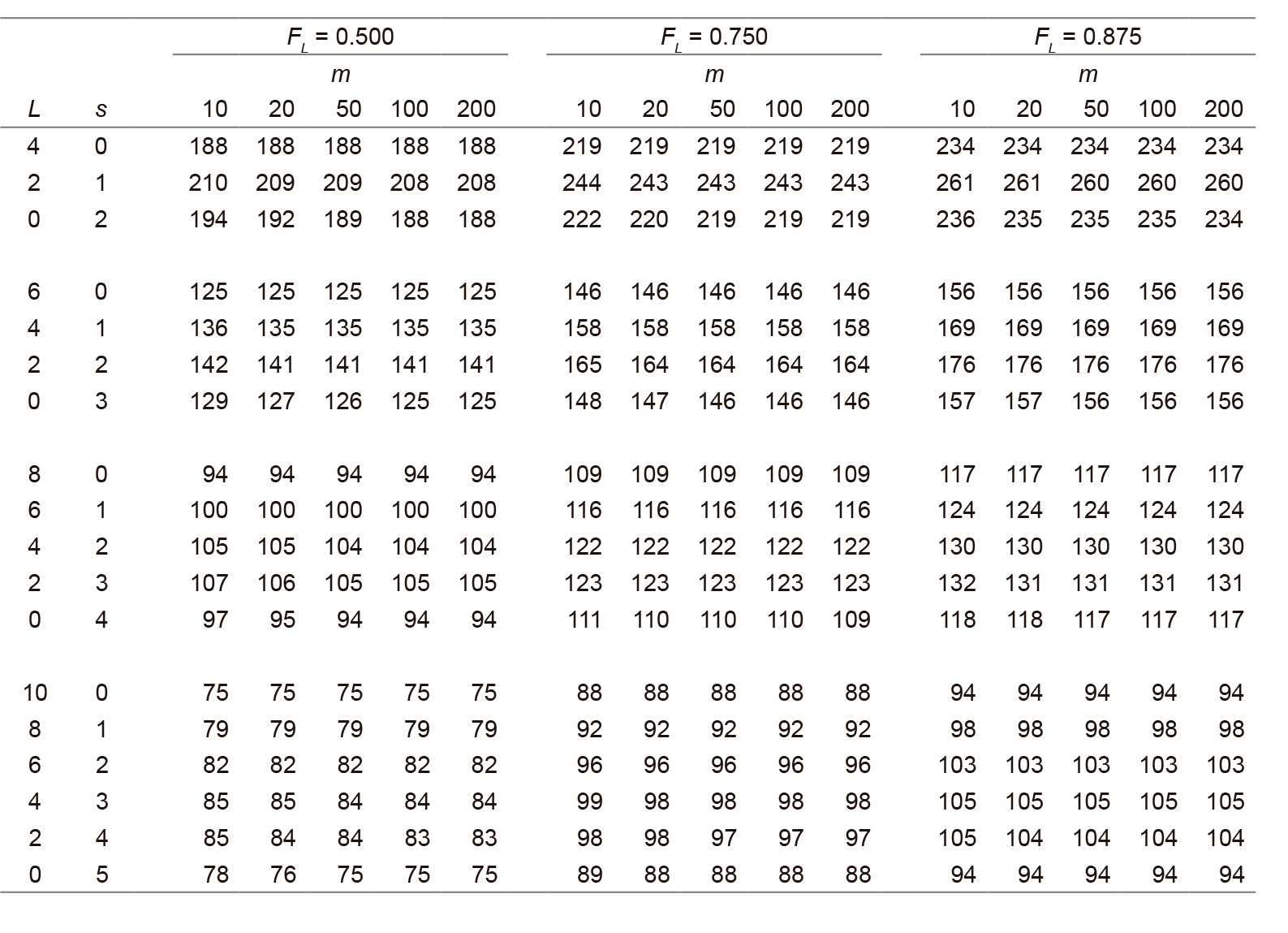Yield prediction and inbreeding of maize synthetics generated with lines and single crosses. Classic probability
Keywords:
low-input agriculture, plant breeding, genotypic stability, random mating population, identical by descent genesAbstract
Reduce costs and labor associated with predicting the genotypic mean (GM) of a synthetic variety (SV) of maize (Zea mays L.), breeders can develop SVs from L lines and s single crosses (SynL,SC) instead of L+2s lines (SynL). The objective of this work was to derive and study formulae for the inbreeding coefficient (IC) and GM of SynL,SC, SynL, and the SV derived from (L+2s)/2 single crosses (SynSC). All SVs were derived from the same L+2s unrelated lines whose IC is FL, and each parent of a SV was represented by m plants. An a priori probability equation for the IC was used. Important results were: 1) the largest and smallest GMs correspond to SynL and SynL,SC, respectively; 2) the GM predictors with the largest and intermediate precision are those for SynL and SynL,SC, respectively; 3) only when FL=1, or m is large, SynL and SynSC are the same population, but only with SynSC prediction costs and labor undergo the maximum decrease, although its prediction precision is the lowest. To determine the SV to be developed, breeders should also consider the availability of lines, single crosses, manpower and land area; besides budget, target farmers, target environments, etc.

Downloads
Published
Issue
Section
License

This work is licensed under a Creative Commons Attribution-NonCommercial-ShareAlike 3.0 Unported License.
Aquellos autores/as que tengan publicaciones con esta revista, aceptan las Políticas Editoriales.


